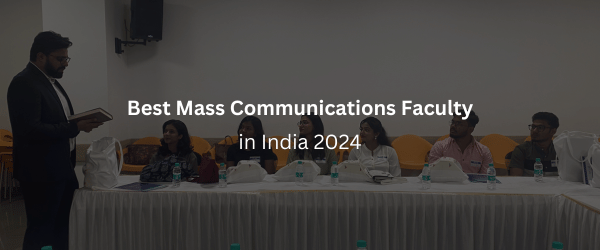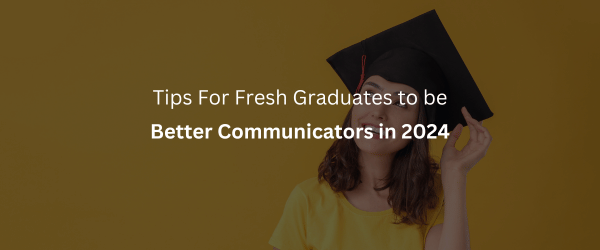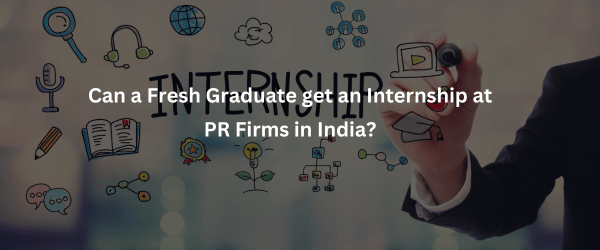Media Tracking in Public Relations!
October 4, 2017The leap from Accounts to Public Relations!
October 6, 2017People often get a panic-attack when they are asked to speak about something. Most of us have experienced this when all of a sudden we are questioned and are not prepared with the right answer. That is when we lose confidence while speaking and fail at communication of the message effectively.
According to a research, 85% people fear speaking in public. But, there are tips and techniques to avoid this and sound comfortable and confident while we are speaking. Recently I saw a Tedx Talk by Matt Abrahams where he spoke about such tips and techniques through which we can think fast and talk smart.
There are four steps to make this happen and they are as follows:
1. Approach in an open way:
When we are asked to communicate, we see that situation as threatening. That is when we start fumbling and end goofing-up. Rather, we should approach communication in an open way. We should see it as an opportunity to share our ideas and beliefs. This is when something that we dread, becomes something that we embrace.
2. Understand your audience:
Don’t get all excited and go on blabbering about what you need/want to tell your audience. Instead, give a thought to what your audience needs/wants to hear from you. While doing that, ask yourself ‘Who they are’. For this, you need to analyze three things:
Knowledge: What they already know and how you can enhance their knowledge.
Expectations: What do they expect from you? Fill them in with the expectation they have from you.
Attitude: Know what your audience is thinking about your content. Whether they are in favor or against it or agnostic about it?
3. Context in which you speak:
Context comes in different varieties:
Time: What time of the day you are communicating?
Emotions: Communicate your message through feeling. Add emotion along with your information.
Location: Think about the environment and the way in which the room has been set-up and communicate.
4. Structure the messages:
A study says that people recall structured information 40% better. So structure your messages. There are three ways in which you can do that:
Past-Present-Future Structure: This structure helps navigate the audience from one place to another and provides a map to them.
Problem-Solution-Benefit Structure: This is the most persuasive structure as it answers the “What’s in it for me” to the audience.
What-So what-Now what Structure: It is very important to never lose the audience. This structure keeps the audience aligned together.
I believe these tips and techniques, along with practice, will help you become a better speaker and communicator and help you in driving confident and compelling communication.
– Prerna Porwal
 Prerna is a Post Graduate in Public Relations from School of COmmunications & REputation (SCoRe), #ClassOf2017. She was recruited as an intern at Adfactors PR, one of India’s leading Public Relations firms. A firm believer in perfection, Prerna has completed her MBA in Entrepreneurship from Institute of Management, Nirma University. She has gained abundant knowledge and expertise in playing managerial roles. Understanding as well as communicating effectively with an audience is one of her core strengths.
Prerna is a Post Graduate in Public Relations from School of COmmunications & REputation (SCoRe), #ClassOf2017. She was recruited as an intern at Adfactors PR, one of India’s leading Public Relations firms. A firm believer in perfection, Prerna has completed her MBA in Entrepreneurship from Institute of Management, Nirma University. She has gained abundant knowledge and expertise in playing managerial roles. Understanding as well as communicating effectively with an audience is one of her core strengths.
She can be reached @Porwal_Prerna on Twitter and as Prerna Porwal on LinkedIn.



